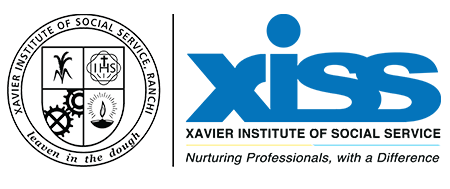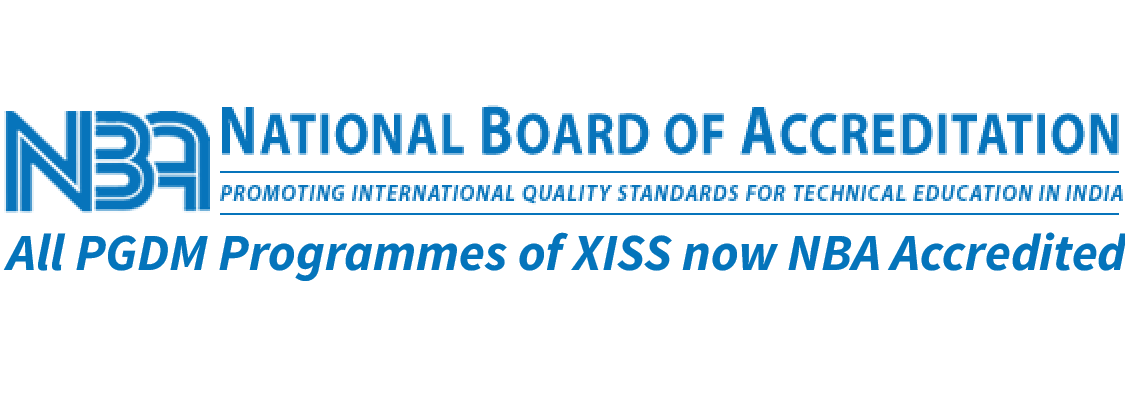State Training and Resource Centre was started to fulfil the much needed gap in the state to help and build the skills and capacities of professional, personal and institutions working in the field of health particularly in the area of HIV/AIDS. The program was done in collaboration with Government of India and National AIDS Control Programme-III with the stated objective of building and strengthening the skills and capacities of NGOs working for HIV/AIDS.
State Training and Resource Centre (STRC), Jharkhand was set up at XISS on 15th June 2010 as a centre for imparting Capacity Building to the Targeted Intervention NGOs working on HIV/AIDS in the state. It aimed at providing standardized and quality training to TIs (NGOs) as per NACP III’s technical and operational guidelines, develop a sustainable system for the capacity building of partner organizations for TIs, and gather and disseminate learning through additional research and develop pedagogy of learning for TI scale up. STRC focused on overall capacity building of personnel involved in targeted intervention. It assumed that capacity building of Targeted Intervention partners (NGOs) will facilitate behaviour change, reduce mother-to-child transmission, promote early management of infections and STIs, facilitate referral to social and peer support, normalize HIV/AIDS and reduce stigma. Hence, it will help in reducing/reversing the epidemic in India. The first phase of STRC ended in September 2013. Major activities which were undertaken by the STRC were training, Operations Research, Training Need Assessment, Maintenance of Resource Centre by enriching it with new training aids, uploading of training related information on the dedicated website of STRC, and development of exposure sites.
Achievements of STRC in the First Phase:
- Training: During April – September 2013, STRC training achievement was 90.9% and all training, Induction, refresher and field PE training were completed on time.
- Training Need Assessment: The Training Need Assessment was done periodically. The key findings and suggestions were a) strengthening Outreach services b) effective planning and monitoring c) more focus on community awareness and prevention mechanism d) strengthening referral and linkages e) community mobilization and empowerment
- Upgradation of Resource Centre: Resource Centre was updated with new resources, books and literatures. The Resource Centre has more than 300 books on HIV, 63 movies on HIV and other social issues.
- Development of Resource Pool STRC has been able to identify 44 resource persons as per thematic area related to HIV/AIDS. The challenge which STRC has faced is majorly in identifying Resource Person at the district level.
- Field Visits by STRC 23 Field visit to various NGOs in different districts were done by STRC Team members from January 2013 – August 2013.
- Operations ResearchSTRC has published two Operations Research in International peer reviewed Journals.
- 1.Anant Kumar. 2013. “Operational Research in HIV /AIDS”. Journal of Evidenced based Social Work, Vol. 10, No. 4. Routledge.
https://dx.doi.org/10.1080/15433714.2012.664044 - 2.Anant Kumar & Prakash Kumar. 2013. “Training Needs Assessment of Service Providers: Targeted Intervention for HIV/AIDS in Jharkhand, India”. Journal of Evidence-Based Social Work, Vol. 10, No.4. Routledge.
https://dx.doi.org/10.1080/15433714.2012.664053 - Although the first phase of STRC ended in September 2013, XISS as its mandate will continue serving the marginalized and excluded population groups such people living with HIV/AIDS.






